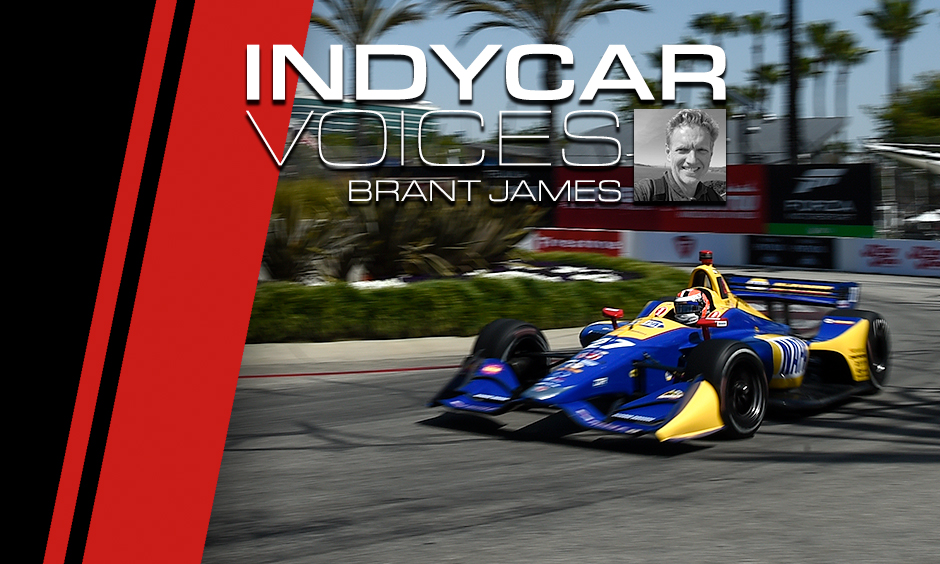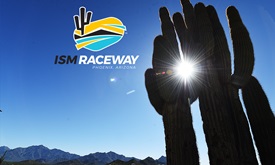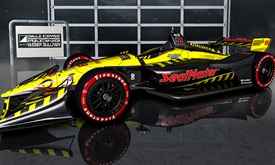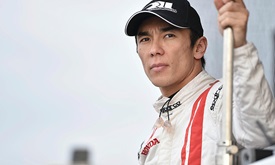Opinions vary on how new car may shift balance of INDYCAR competition
FEB 06, 2018
INDYCAR’s next-generation body kit will undoubtedly change the look of competition. How it changes the nature of it remains to be seen, even following a first round of testing by the paddock and with a first oval evaluation later this week at ISM Raceway outside Phoenix.
It could perpetuate the recent trend of parity in the micro environment of a race weekend. It might impact what has been the macro reality that larger organizations like Team Penske and Chip Ganassi Racing, and perhaps a yearly insurgent, have contested championships amongst themselves.
Those are questions for later this season. For now, trophies will be the early season prize for a clever engineering concept, strategy call or the exploitation of a lower-downforce, racier Chevrolet or Honda.
“I think at the beginning of the year, we’ll have some surprises,” said Team Penske’s Simon Pagenaud, the 2016 Verizon IndyCar Series champion. “I think some teams will figure it out. Sometimes it doesn’t take much. Sometimes by luck you end up going on the right path on the setup of the car and end up being in a really good start of the season.
“Now, where the big teams will make a difference is on the evolution throughout the year and fine-tuning everything. I think that’s where you’ll always see Penske, Ganassi and Andretti (Autosport) on top because we have more resources, more data, a lot of quality. And therefore it makes a difference on the long haul. And that’s why those teams are successful over the years. It’s just the nature of it, basically.”
Team Penske has won three of the past four series championships – with Josef Newgarden, Pagenaud and Will Power winning the first of their careers in 2017, 2016 and 2014, respectively. Ganassi’s Scott Dixon took the title in 2015 and 2013. The entire final top five in driver standings last season was comprised of drivers from the two organizations. Penske and Ganassi comprised the top three in 2016 and 2015 and the top four in 2014.
Even with Penske retrenched to a three-car team of Pagenaud, Power and Newgarden this season, with Helio Castroneves reassigned to the team’s IMSA program, and the Ganassi outfit halved to Dixon and Ed Jones, they are expected to remain prime contenders.
“The way (Penske is) structured right now, they’re really good drivers and they’re very stable in engineering and (have) a very stable platform for them to do the best job they can. It’s tough to beat,” said four-time champion Sebastien Bourdais, who has won five races with smaller teams KVSH Racing and Dale Coyne Racing since 2014. Dale Coyne and two-thirds of the defunct KVSH ownership – Jimmy Vasser and James “Sulli” Sullivan – announced Monday a partnership to run Bourdais’ car to build on the program’s stature.
“Scott (Dixon) is probably, obviously, the biggest challenger of those guys,” Bourdais added. “I think Andretti (Autosport) is definitely rising to the challenge and then there are the outsiders like us. We’ll see if we can win one or a few more races this year and if we can sneak in the championship fight, but there’s a reason that Penske has been the dominant team as long as they have. They’ve done a better job than anybody else.”
Still, Graham Rahal, who has five of his six career wins since 2015 with Rahal Letterman Lanigan Racing, predicts his team – with defending Indianapolis 500 winner Takuma Sato aboard this season as his teammate – will contest the championship.
“If you look at what we’re actually allowed to do (with the new aero kit), it’s pretty minimal,” Rahal said. “You’ve got like one front wing wicker. Even guys that have wind tunnels like Penske or Ganassi or those guys that are going to get a lot of time in the tunnels, I think overall it should be pretty competitive and it should keep it close.”
Close is a plausible concept – especially early in the season, Rahal and Pagenaud agree – because the new aero kit will allow drivers and engineers to exercise their skill. Bourdais sent a ripple through the series in the season opener at St. Petersburg last spring by winning Dale Coyne’s first race since 2014.
Rahal, in particular, has been an adversary of the status quo in recent campaigns. He entered the final weekend of the 2015 second in points, eventually finishing fourth. Penske and Ganassi combined to win 11 of 17 races last season (10 by Penske) and 12 of 16 on 2016 (10 again by Penske) in 2016. That was up from 2015, when the teams combined to win six of 16 – three by Penske drivers.
There’s no doubting how Pagenaud hopes the season evolves. But he’s cognizant of the aptitude in the series.
“I think the big team will always be the big team and will have an advantage, but I think it will be very tight, though,” Pagenaud conceded. “I think that smart drivers and smart engineers and smart strategists can do something during a race. That is the beauty of INDYCAR. A Bourdais with the Coyne team can do some really good damage. We have to see if (Tony Kanaan) can do that at Foyt, too.”
Some light may be shed on how things are shaping up at this week’s series-wide open test at ISM Raceway. Sessions run from 3-6 and 8-11 p.m. ET Friday and Saturday, all streaming live on racecontrol.indycar.com.



















